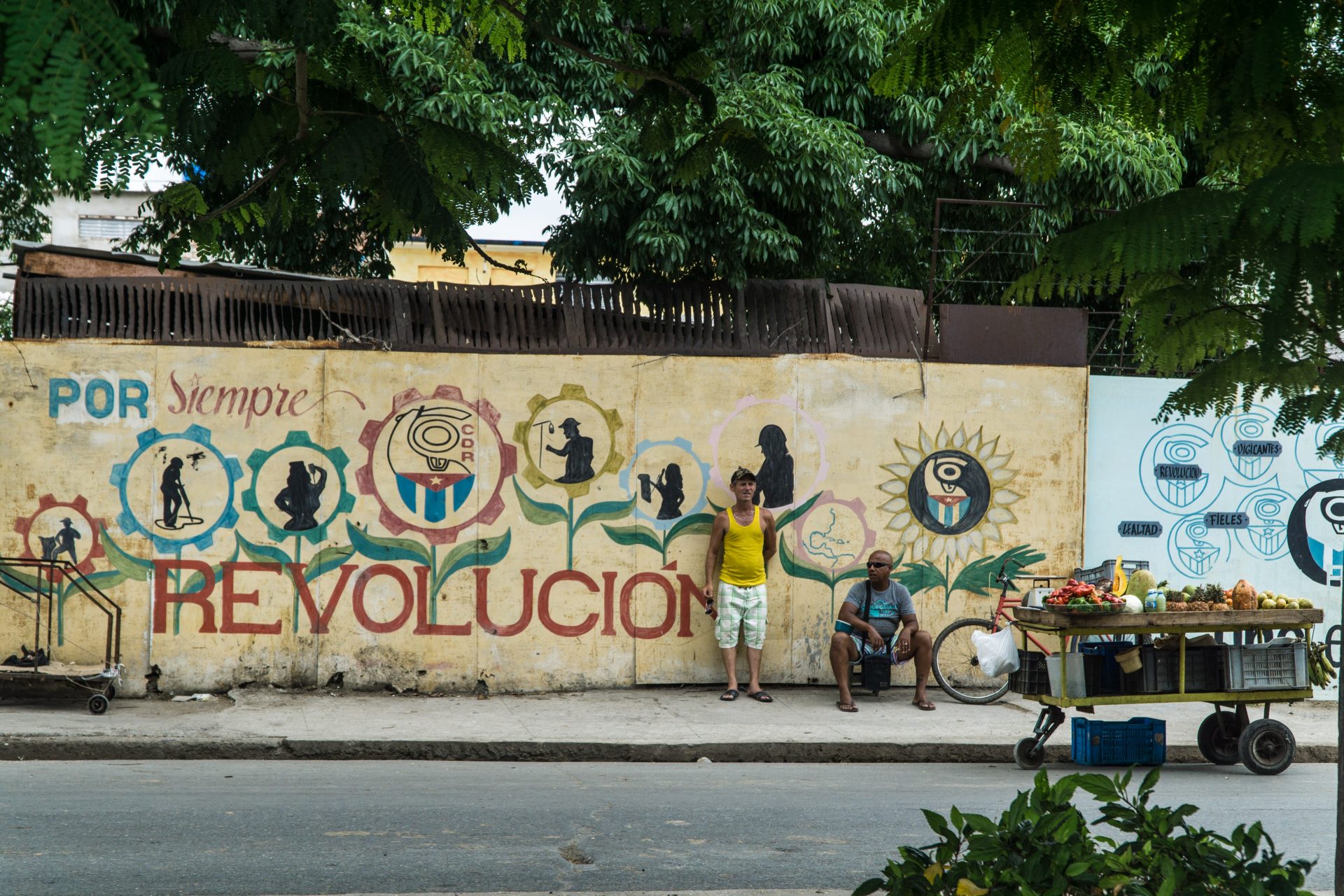- Key learnings and recommendations derived from the State of the World’s Fathers: Latin America and the Caribbean Report 2015 that looks into men’s engagement in issues directly related to fatherhood in Latin America and the Caribbean (LAC)
- Equitable fatherhood has many benefits including better child development and health for the father
- Recommendations for promoting men’s participation in fatherhood
Currently, in Latin America and the Caribbean (LAC), barriers like traditional gender norms, legal custody barriers, and socioeconomic pressure discourage men from actively engaging in caregiver and parenting roles. Evidence shows that equitable fatherhood has many benefits including better child development and health for the father, which also allows women to have more opportunities in the labour market and in society. By implementing recommended policies and programs, men in LAC may be more empowered to fulfil fatherhood roles, which will improve gender equity both inside and out of the household and come with many improvements to health.

Greater participation by men in housework, caregiving, and parenting will not solve all of the world’s problems, but it will resolve those concerning an ethic of caregiving, justice, and inclusion, while questioning the patriarchy and machismo’s logic of power, indifference, violence, and exclusion.
Work programmes and policies that support and promote men’s fatherhood and share responsibilities, such as paid paternity leave, contributes to men’s greater engagement in caregiving and parenting. Greater participation of men in daily caregiving and parenting improves children’s development and well-being and contributes to gender equality.
Further data collection on the positive effects of policies and programs on fatherhood involvement is needed to increase institutes involvement in creating more of these policies.
Designing sexual education programs aimed at men and boys not only helps increase male’s knowledge of sexually transmitted infections, unsafe abortions, sexual assault, etc. It also educates men on their active role in women’s sexual and reproductive choices that leads them to assume equal responsibility for the consequences of these choices.
Social and community campaigns to alter norms around male participation in caregiving and housework, helps promote positive involvement by men and fathers in housework and caregiving, and encourages nonviolence and shared responsibilities attitudes.
Fathers’ participation has been linked to improved cognitive development and academic performance, improved mental health among children, empathy and social skills, and lower delinquency rates in sons.





